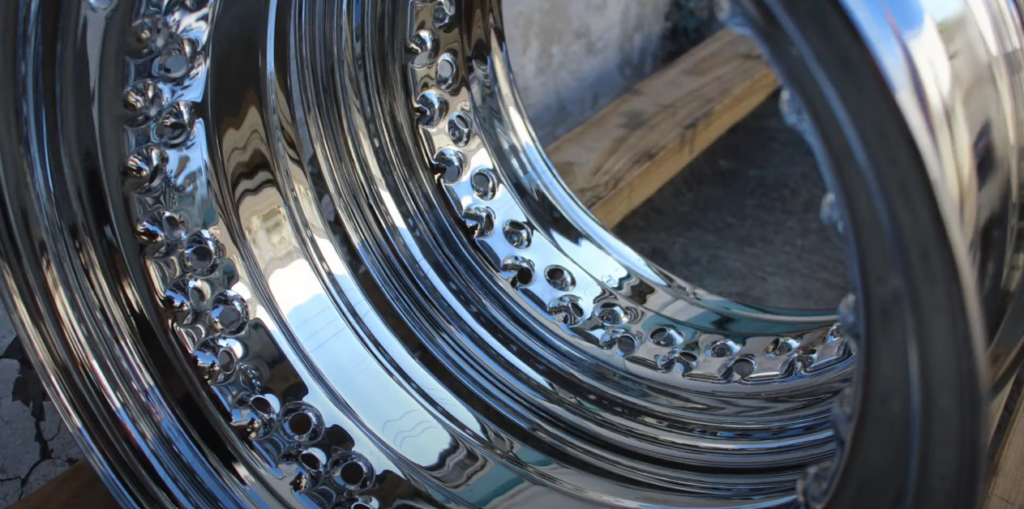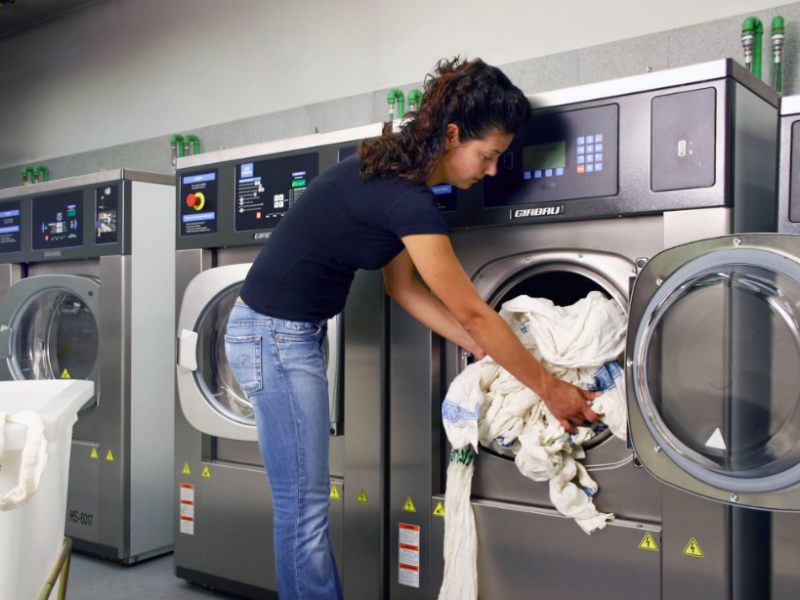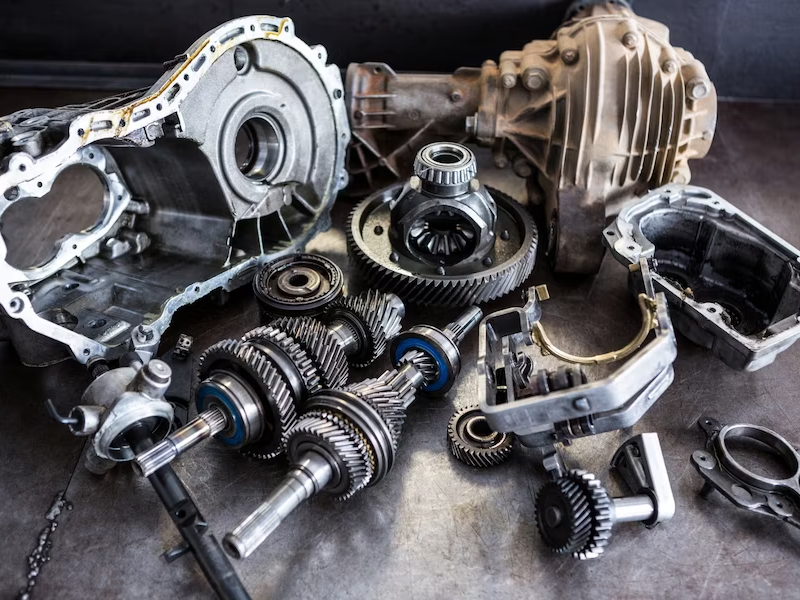All sorts of sectors, from automobiles to electronics, rely on nickel plating and chrome plating for practical and aesthetic purposes. Both are useful in their own ways due to their individual qualities and advantages. In this essay, we’ll compare and contrast two common plating options and discuss their respective benefits and drawbacks.
Nickel Plating
It is possible to outline the stages of nickel plating as follows:
Preparation
The object’s surface is cleaned and prepped for plating. Methods like these include:
- Cleaning: All traces of grime, grease, and oxidation are scrubbed off the item;
- Activation: An acid solution is applied to the object to make its surface active;
- Rinsing: Any cleaning or activating chemicals that may still be on the object are flushed away with a thorough rinsing.
Plating
The bath’s nickel solution completely surrounds the object. Whether electroplating or electroless plating is employed determines the precise method.
- When an electric current is run through the solution, nickel ions are reduced and deposited on the object’s surface in a process known as electroplating;
- In electroless plating, nickel ions are reduced by a chemical reducing agent in the solution, which then causes nickel to deposit on the item.
Finishing
The item is cleaned once more after plating and then dried. To get the desired result, additional processes like polishing or sealing may be required.
| Nickel Plating Type | Process |
|---|---|
| Electroplating | The solution undergoes electrical treatment. |
| Electroless | When nickel ions are in the solution, they are reduced by a chemical reducing agent. |
Applications of Nickel Plating
- Automotive industry: Nickel plating is commonly used in the automotive industry to increase the corrosion resistance and aesthetics of components like fuel rails, brake parts, and exhausts;
- Electronics industry: Because of its high conductivity and easy solderability, nickel plating is frequently used for electrical connectors and other components;
- Oil and Gas Industry: In order to protect machinery from high temperatures and other extreme conditions, nickel plating is commonly utilized;
- Aerospace Industry: Nickel’s exceptional wear and corrosion resistance makes it a popular choice for plating aircraft industry components.
Future of Nickel Plating
Nickel plating is still an important step in many production processes. But nickel’s environmental impact and health dangers have prompted researchers to look elsewhere for solutions. High-phosphorus electroless nickel plating is one option because it’s identical to conventional nickel plating but has greater corrosion resistance and less of an impact on the environment. Technology improvements and a heightened awareness of environmental impact point to a bright future for nickel plating.
Chrome Plating

The following procedures make up chrome plating:
Preparation
The item’s surface must be prepared for plating by being thoroughly cleaned. This is accomplished by means of:
- Degreasing: Any traces of oil or grease are scrubbed away;
- Stripping: Rust and old coatings are scraped off;
- Activation: The surface of the object is made active by dipping it in an acid solution;
- Rinse: Any cleaning or activating chemicals that may still be on the object are flushed away with a thorough rinsing.
Plating
The object is dipped into a chromic acid solution and then subjected to an electric current. This results in a surface deposit of reduced chromium ions from the solution.
Finishing
After being cleaned, the item is dried. Chrome can be polished to a shiny, mirror-like sheen.
| Chrome Plating Type | Process |
|---|---|
| Decorative Plating | To make nickel-plated parts more aesthetically beautiful and corrosion-resistant, a thin layer of chromium is deposited on top. |
| Hard Chrome Plating | A thicker layer of chromium is deposited onto components to increase their durability and decrease friction. |
Applications of Chrome Plating
- Automotive Industry: Chrome plating’s visual appeal makes it a popular choice for ornamental uses. Chrome plating is commonly used on bumpers, wheels, and grilles;
- Aerospace Industry: The aircraft industry utilizes hard chrome plating because of its high durability and low friction;
- Hydraulics: Pistons and cylinders in the hydraulics industry are often plated with hard chromium;
- Kitchen and Bathroom Fixtures: Because of its shiny appearance and resistance to corrosion, chromium plating is used in many different types of fixtures.
Future of Chrome Plating
Many sectors rely on chrome plating, but regulations and the hunt for alternatives have increased in response to the negative effects on the environment and human health posed by hexavalent chromium. Trivalent chromium plating is one such option because it is safer and better for the environment, but it still has its limitations in terms of efficiency and cost. Physical vapor deposition (PVD) technologies are another area of growth; they have the potential to provide similar benefits to chrome plating with a lesser environmental footprint. The chrome plating industry will have to adapt to new opportunities and threats as technology develops.
Comparison Table
| – | Nickel Plating | Chrome Plating |
|---|---|---|
| Appearance | Yellowish hue | Bluish, shiny |
| Corrosion Resistance | High | High |
| Abrasion Resistance | High | High (especially with hard chrome) |
| Solderability | Good | Poor |
| Magnetic Properties | Can impart | No |
| Allergic Potential | Yes | No |
| Environmental Impact | Lower | Higher |
| Cost | Lower | Higher |
Conclusion
Nickel plating and chrome plating both have their uses that are specific to specific industries. Factors such as the application’s goal, environmental factors, cost, and personal preferences should be taken into account while deciding between the two. You may weigh the pros and cons of these two plating methods and make a decision that’s good for the environment, your wallet, and your business.
FAQ
The answer depends on the application. Nickel plating has superior solderability and can add magnetic properties to a substrate, making it ideal for certain electronic and industrial applications. Chrome plating, however, is more aesthetically appealing and offers higher wear resistance, making it suitable for decorative and heavy-duty applications.
Yes, it is common to plate chrome over nickel. This is especially prevalent in decorative applications where nickel provides a smooth, corrosion-resistant base and chrome provides a shiny, attractive finish.
Both processes can have an environmental impact. Nickel plating can lead to the release of nickel ions into wastewater, which needs to be treated appropriately. Chrome plating, particularly with hexavalent chromium, can be toxic and carcinogenic, requiring stringent control measures.
Yes, there are several alternatives including gold, silver, copper, and zinc plating, as well as physical vapor deposition (PVD) and powder coating. The choice depends on the required properties and application.
Nickel can cause allergic reactions in some individuals. Chrome, on the other hand, does not typically cause allergic reactions.



